Mammals expert Richard Sabin explains why giraffe numbers have plummeted in the past 15 years.
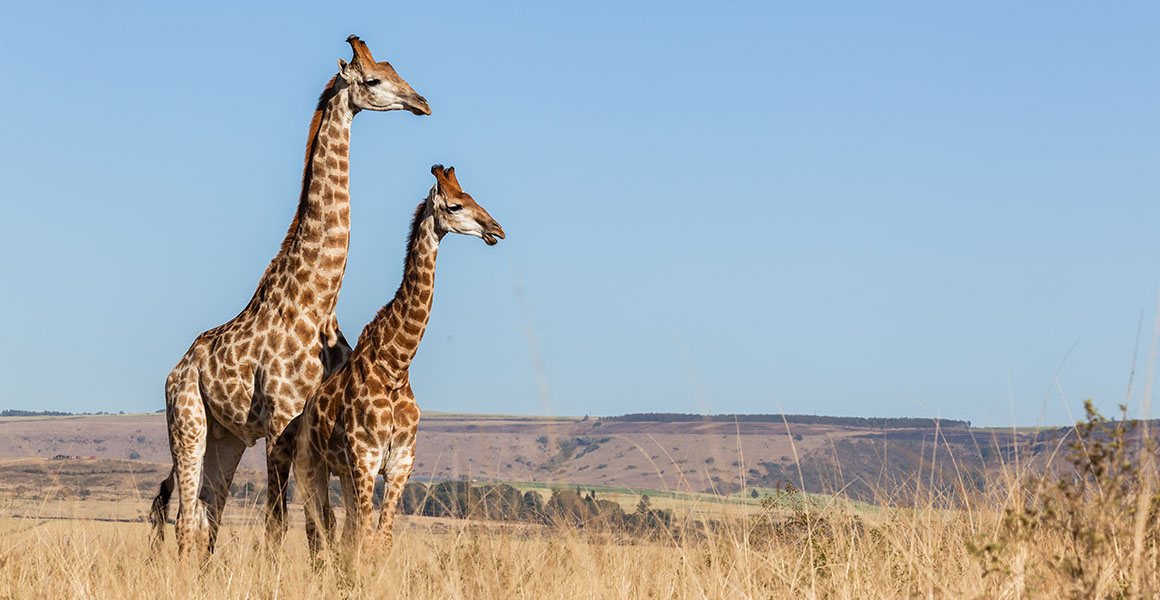
Giraffe numbers in Africa have fallen drastically © Chris Van Lennep/Shutterstock.com
Wild giraffe populations in northern Africa are rapidly declining, with human activity cited as the main cause.
Habitat loss and illegal poaching have left the gentle giant at risk of extinction.
An overlooked species
Since 1999, the giraffe population in Africa has decreased by about 40%. According to the Giraffe Conservation Foundation, numbers have fallen from 140,000 to 80,000opens in a new window.
While the slump went largely unnoticed by the world for some time, conservationists in the field took notice. Campaigns to save populations of rhinos, gorillas and African elephants garnered global attention, while giraffe numbers continued to struggle.
Now experts say the world's tallest mammal is facing the threat of extinction unless change happens quickly.
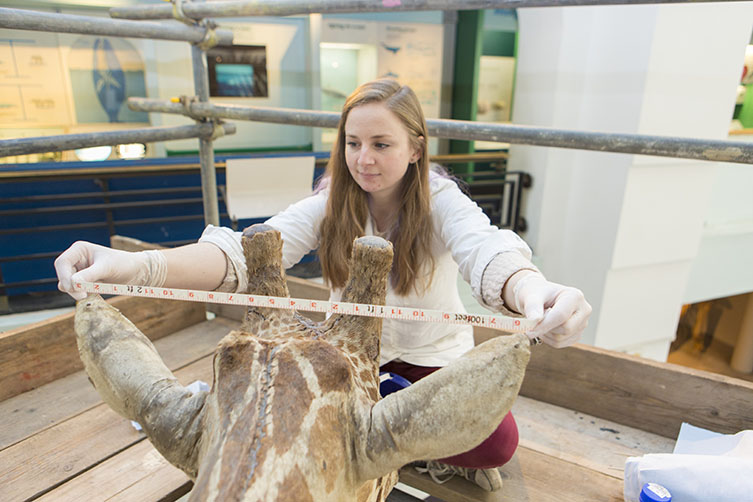
Conservator Chelsea McKibbin works on the Museum's giraffe specimen, ahead of its move to Hintze Hall
Vertebrates Collections Manager Richard Sabin says, 'Giraffe numbers have been decimated by the expansion of human populations, illegal hunting and wars.
'Latest field data suggests that overall numbers across their range are falling. Careful management is needed to secure their future and to prevent extinction, either geographically or at the subspecies level - or the complete loss of the species.'
The work of the Museum
A taxidermy giraffe specimen stands in Hintze Hall, alongside a mounted giraffe skeleton.
Under the same roof as the skeleton of a blue whale, the specimens are a stark reminder of the impact of human activity on wild mammal populations.
Sabin says, 'The giraffe skeleton was collected in the late nineteenth century and was mounted for display in the Museum's public galleries. Whilst giraffe taxidermy is comparatively common in many museums, mounted skeletons of these animals are not.
'It allows the general public, students and researchers to examine the full skeletal anatomy of the giraffe, helping us to understand the adaptive traits of these creatures more completely.
'A broader understanding of the way they interact with their habitat and with human populations is vital to help secure the future of the species.'
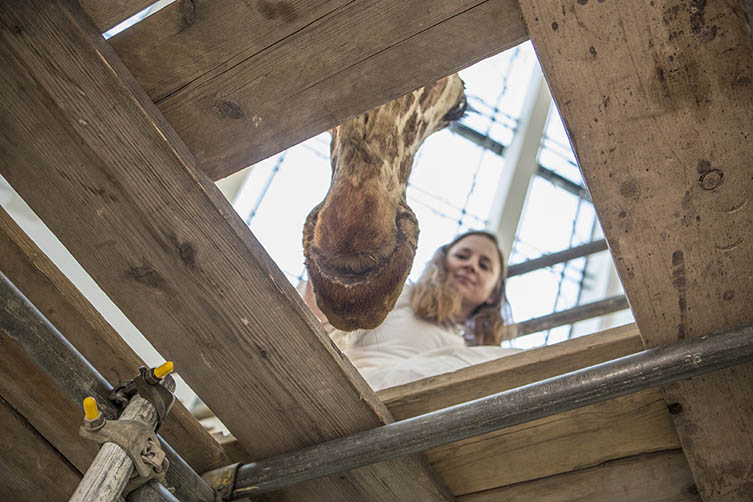
Giraffes have been part of the Museum's collections since the building first opened in 1881
Why are giraffes disappearing?
Giraffes are native to 21 African countries, including Chad, Botswana and Somalia. Their range stretches from Niger to South Africa.
In central and eastern Africa, the animals are poached for their skin, brains and bone marrow. According to a 2010 paper written for the Rothschild Giraffe Projectopens in a new window, some people in Tanzania believe the body parts can cure victims of HIV-AIDS.
In rural African communities, bush meat also forms a large part of people's diets.
Other reasons for the decline of giraffes include their confinement to enclosed areas and a reduction in food availability, especially acacia trees.
Some African governments have introduced preventative legislation over the last five years, including restrictions on hunting, but many people continue to hunt wildlife illegally.
What is being done about it?
Media focus has largely been on other important wildlife causes in Africa, such as the protection of rhinos and elephants.
Now, several organisations are campaigning to both raise awareness of the giraffe's situation and create change.
Despite the giraffe being listed as a species of least concern by the International Union for Conservation of Nature (IUCN), experts say they do not know the full extent of the animal's plight.
Two subspecies are particularly at risk: the Rothschild giraffe and the West African giraffe, each with only a few hundred left in the wild.
Groups including the Giraffe Conservation Foundationopens in a new window and the African Wildlife Foundationopens in a new window are campaigning for more anti-poaching legislation, tracking livestock movements and encouraging more sustainable relationships between humans and the giraffe population.
Scientific uncertainty
There is a lot of work still to be done on the diversity of giraffe species.
'Considerable taxonomic uncertainty exists for the single species of giraffe,' says Sabin.
'Some authorities propose as many as six subspecies of giraffe, and recent genetic work suggests that a number of these subspecies may in fact represent distinct species.
'The presence of the giraffe specimens in Hintze Hall will also allow us to draw comparisons between giraffes and whales, and explore hypotheses about the evolutionary relationships between marine mammals and hoofed animals.'
Visit the giraffe
See the giraffe in Hintze Hall.

Protecting our planet
We're working towards a future where both people and the planet thrive.
Hear from scientists studying human impact and change in the natural world.
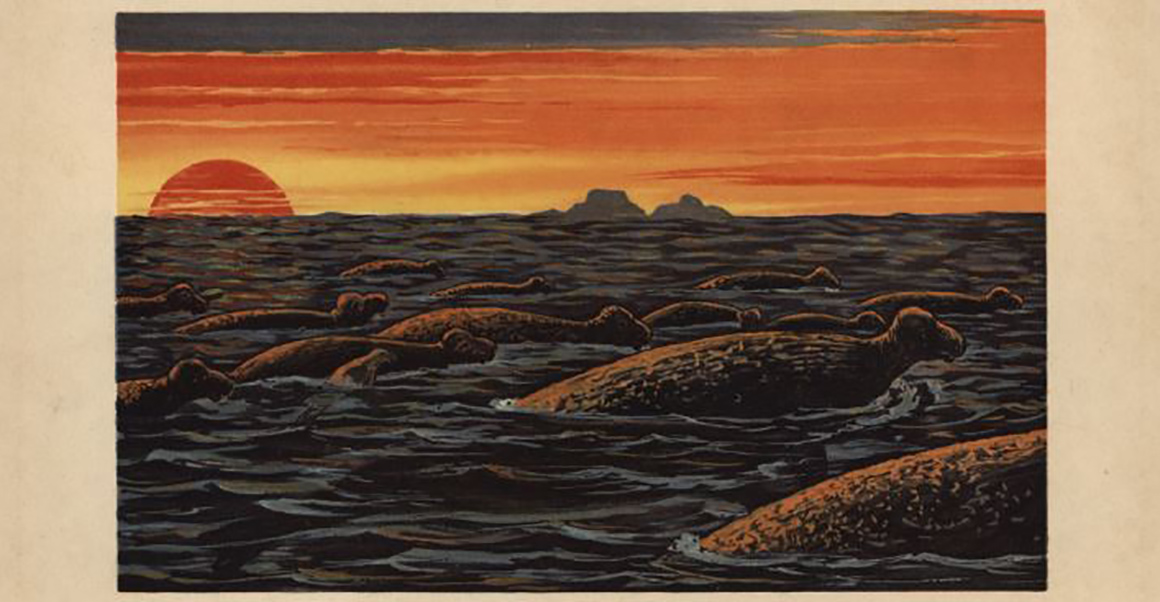
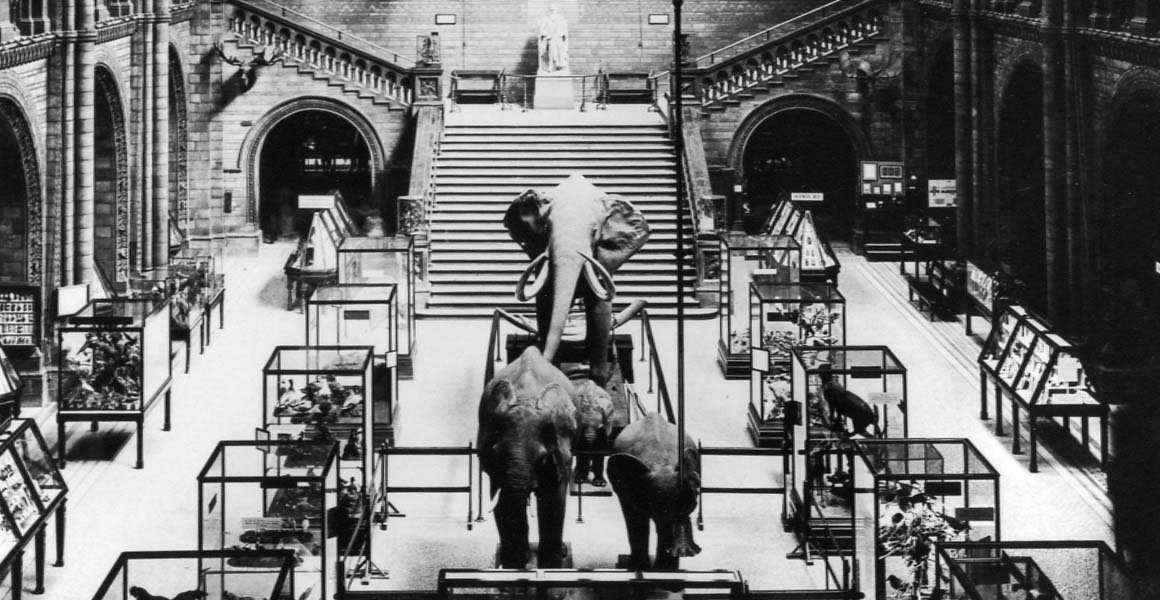
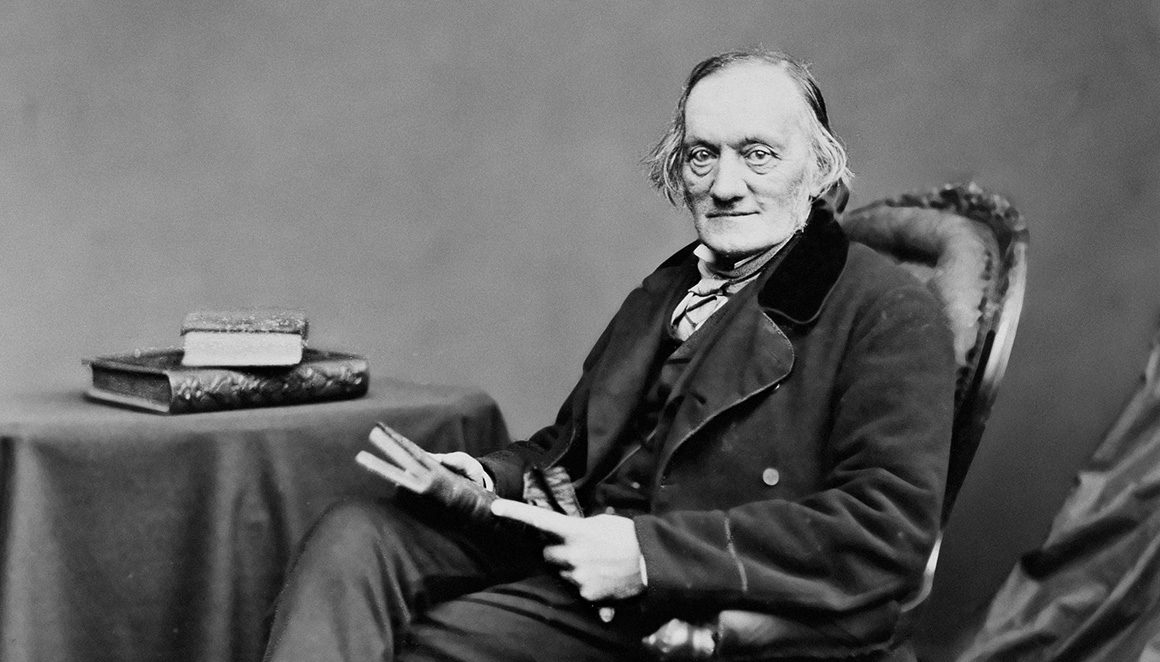
Don't miss a thing
Receive email updates about our news, science, exhibitions, events, products, services and fundraising activities. We may occasionally include third-party content from our corporate partners and other museums. We will not share your personal details with these third parties. You must be over the age of 13. Privacy notice.
Follow us on social media